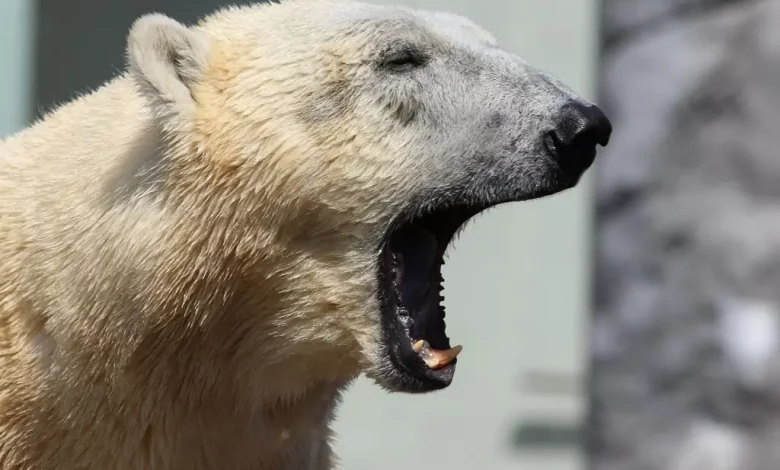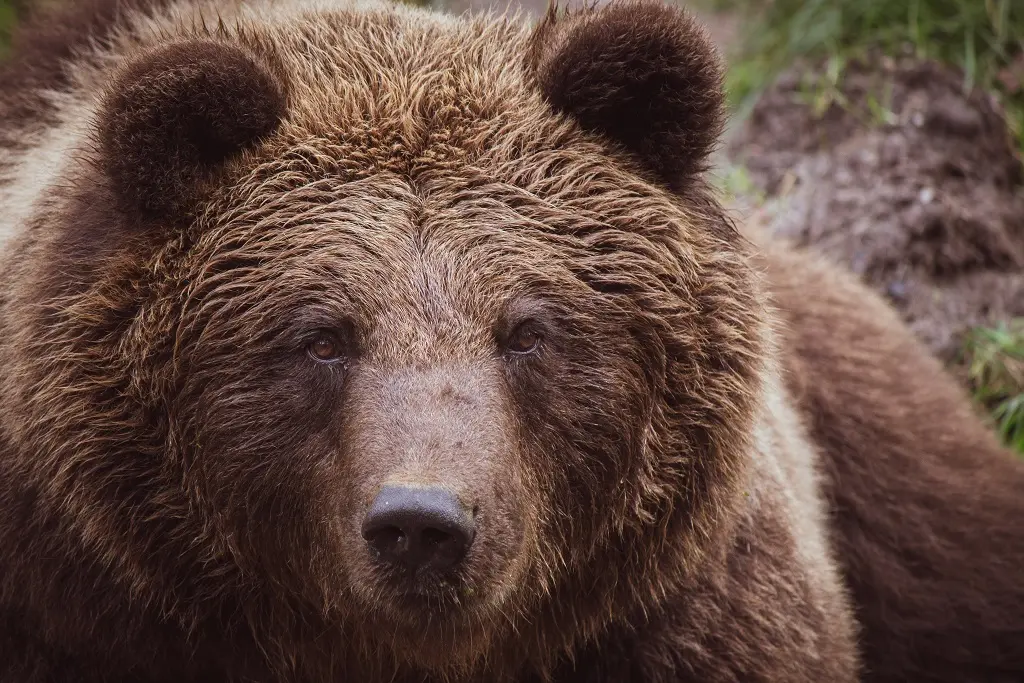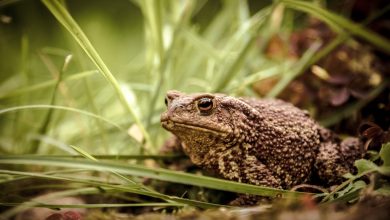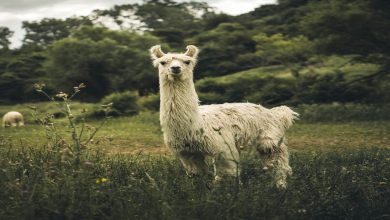Polar bear population decline slows, but still at risk from climate change

Polar bear population decline slows, but still at risk from climate change
Polar Bears (Ursus Maritimus) Are Large Marine Mammals That Are Found In The Arctic Region.
They Are Known For Their Distinctive White Fur, Which Helps Them Blend In With Their Icy Surroundings.
Their Scientific Name, “Ursus Maritimus,” Means “Maritime Bear,” Reflecting Their Dependence On The Sea For Survival.
Polar Bears Are Apex Predators, Meaning They Sit At The Top Of The Food Chain.
They Primarily Eat Seals, But Will Also Consume Other Marine Mammals, Fish, And Even Plants.
They Are Skilled Hunters And Are Able To Catch Seals On The Ice, As Well As In The Water.
Polar Bears Have Evolved To Survive In One Of The Harshest Environments On Earth.
They Have Thick Fur And A Layer Of Blubber That Helps Insulate Them From The Cold.
They Also Have Large Paws That Act As Paddles In The Water, And Sharp Claws That Help Them Grip The Ice.
Polar Bears Are Considered A Vulnerable Species, With Their Population Declining Due To A Variety Of Threats Such As Loss Of Sea Ice From Climate Change, Hunting, And Pollution.
They Are Protected Under International Law, But Conservation Efforts Are Ongoing To Ensure Their Survival.

Physical Characteristics
Polar Bears Are Large Mammals That Are Well-adapted To Living In The Arctic Environment.
They Have Several Physical Characteristics That Help Them Survive In This Harsh Environment.
Size And Weight:
Adult Male Polar Bears Can Weigh Up To 1,500 Pounds And Can Be Up To 10 Feet In Length.
Female Polar Bears Are Typically Smaller, Weighing Around 600-800 Pounds.



